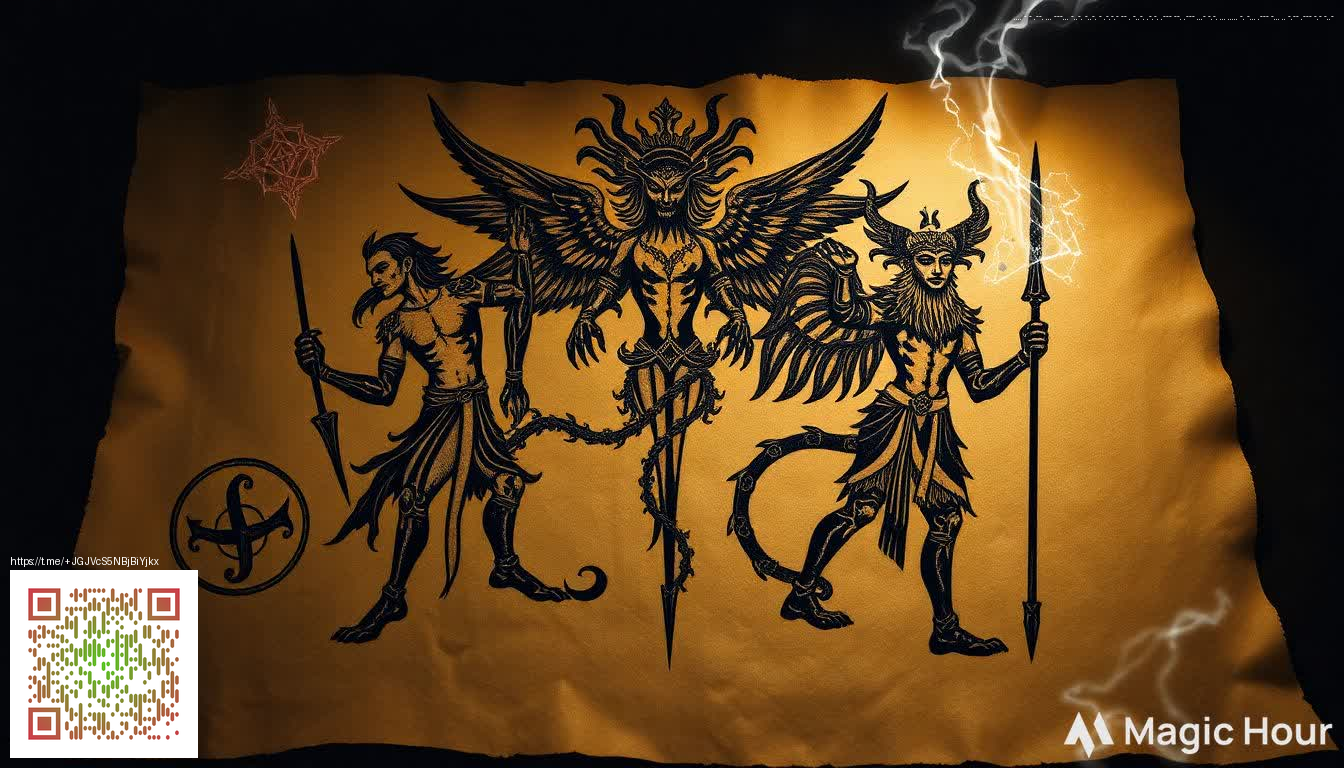
From Handmade to Digital: Crafting Realistic Paper Textures
Texture is more than a visual detail—it's a sensory cue that can convey age, weight, and character in a single glance. When designers and artists move from tactile, handmade papers to lifelike digital textures, they unlock a world where grain, fiber, and imperfect edges become programmable assets. The goal is to capture the essence of real paper while giving digital workflows the control and repeatability needed for modern visual storytelling.
Paper textures are defined by a delicate interplay of grains, fibers, and surface micro-roughness. In person, you notice how light catches the tooth of the paper, how ink settles into tiny valleys, and how irregularities rise and disappear as you tilt the sheet. Translating those subtleties into digital textures requires a careful blend of artistry and technique—no two sheets are exactly the same, yet they can be modeled, mapped, and reused in consistent ways. This is especially valuable in product photography and catalog design, where a lifelike backdrop or packaging texture can elevate perceived quality. The Phone Click-On Grip, for instance, benefits from nuanced textures in its presentation, pairing a modern device with a tactile, paper-inspired backdrop that communicates craftsmanship.
Key Techniques for Realism: Capture, Calibrate, and Compute
- Macro capture reveals the fine lines, fibers, and micro-creases that define paper. Using controlled lighting keeps you from washing out texture details while preserving subtle shadows that provide depth.
- Color management ensures the hue and warmth of the texture stay consistent across lighting scenarios. A neutral gray card and a calibrated white balance become your allies in maintaining fidelity.
- From photo to texture map—convert high-resolution captures into usable asset maps: albedo (color), normal (depth), roughness (surface roughness), and displacement (micro-geometry). These maps let digital surfaces behave like real paper under virtual lighting.
“A texture is not just a picture—it’s a set of instructions for light.”
Workflow: Turning Handcrafted Beauty into Digital Substance
Here’s a practical path that many designers follow to move handcrafted paper impressions into a reliable digital asset library:
- Document the material with high-resolution photography and, when possible, scans of several paper types to capture variety in grain direction and fiber density.
- Isolate the texture using careful retouching to remove unwanted blemishes while preserving the character of the surface.
- Build seamless tiling by baking out repeating patterns and blending edges so that textures can loop without noticeable seams in product renders or UI backgrounds.
- Generate maps for color, depth, and light interaction. Normal maps convey micro-geometry, while roughness maps govern how light diffuses across the surface, producing authentic shading.
- Test in context—apply textures to common digital props (surfaces, packaging, backdrops) and iterate until the material reads as real in your target environment, whether you’re rendering stills or real-time graphics.
As you refine your pipeline, you’ll notice that texture realism often hinges on subtle decisions—how a fiber catches the light, where a grain direction intersects with the edge of a fold, or how a slight curl in the paper casts a convincing shadow. Resources like the page at https://y-vault.zero-static.xyz/index.html offer further perspectives on bridging traditional craft with digital production, providing case studies and practical tips you can adapt to your own projects.
Practical Tips for Different Projects
- For print-accurate looks, prioritize color-calibrated scans and color-managed workflows so that printed textures translate faithfully to screens.
- In 3D asset creation, bake high-frequency detail into normal maps while keeping the base color clean to allow for flexible lighting across scenes.
- In web and app design, keep textures subtle and tileable to avoid overpowering typography and UI elements, letting the tactile cue support rather than distract from content.
In practical e-commerce storytelling, textures are part of a larger narrative about materiality and care. A product like the Phone Click-On Grip can be showcased against paper-inspired surfaces to hint at craftsmanship and durability, while keeping the focus on function. The blend of handmade charm and digital precision helps audiences feel the texture even through a screen.